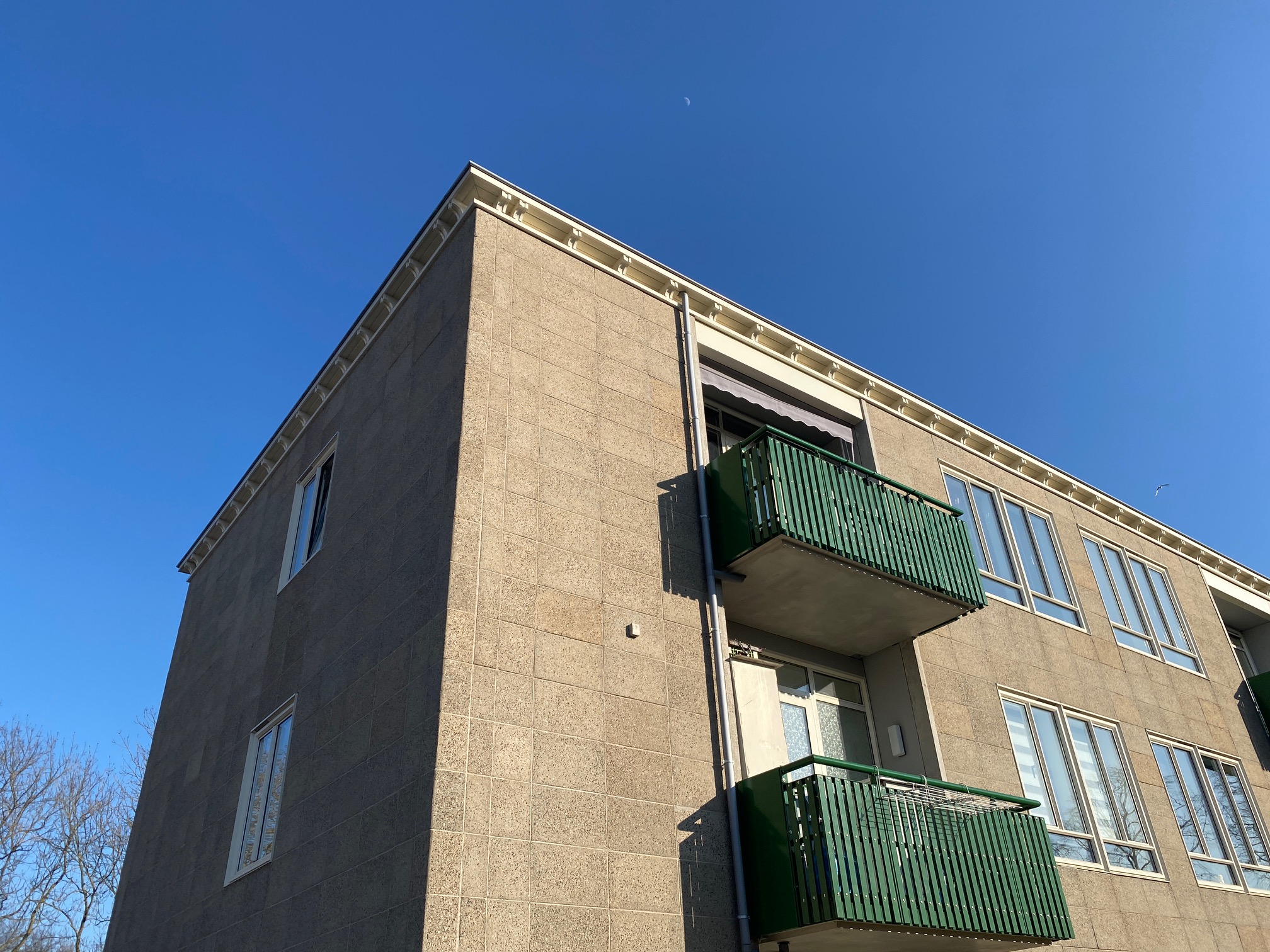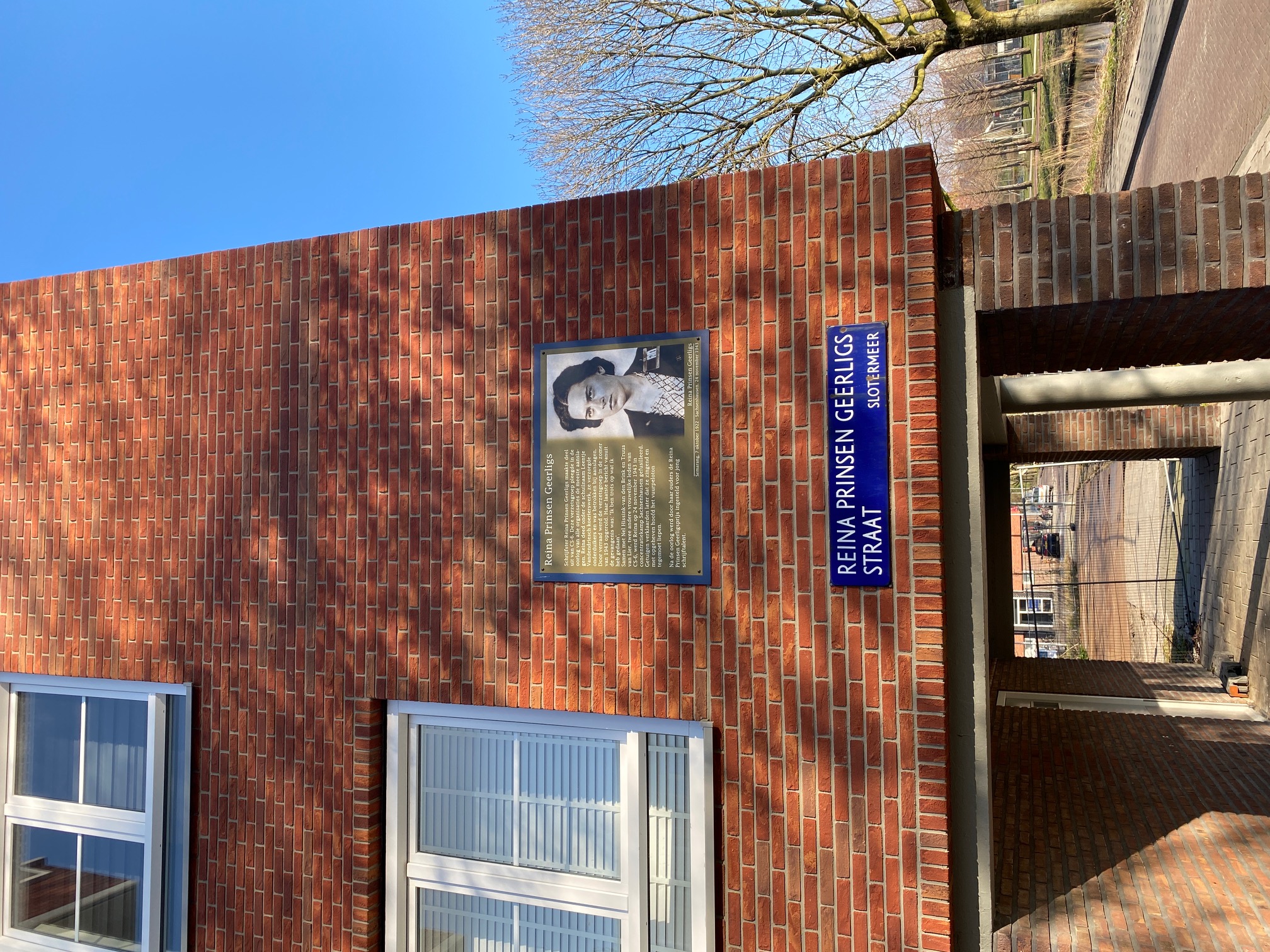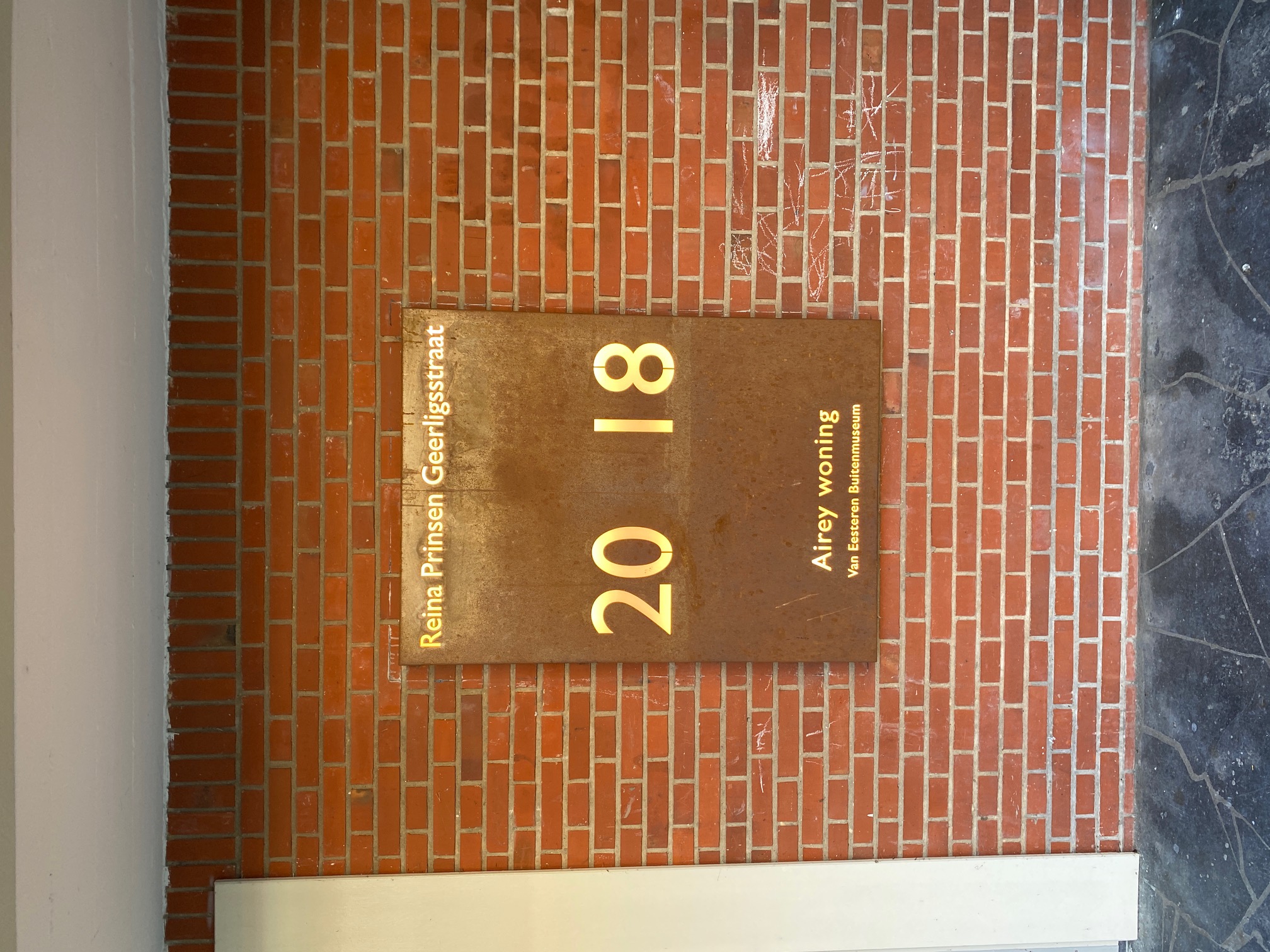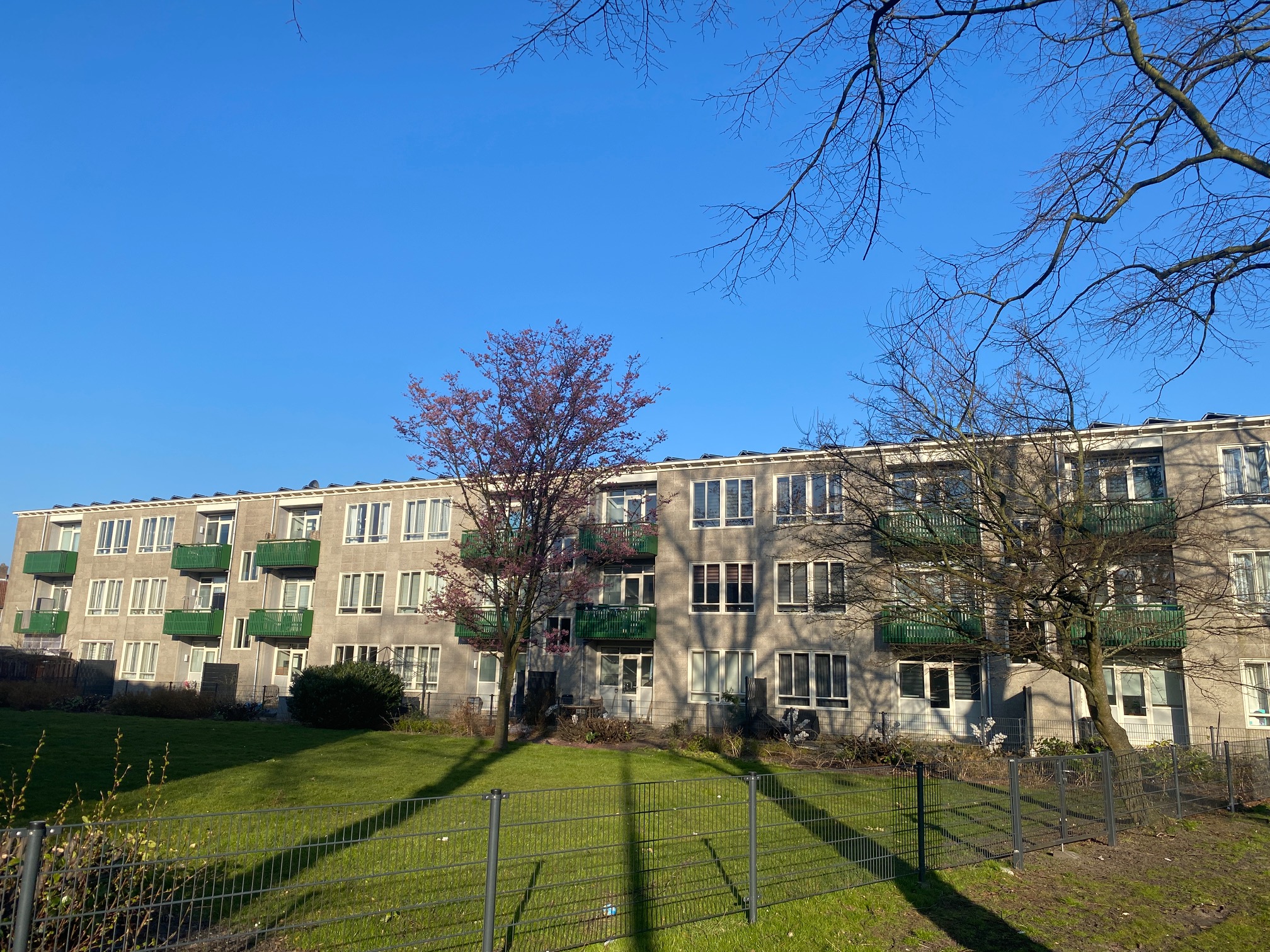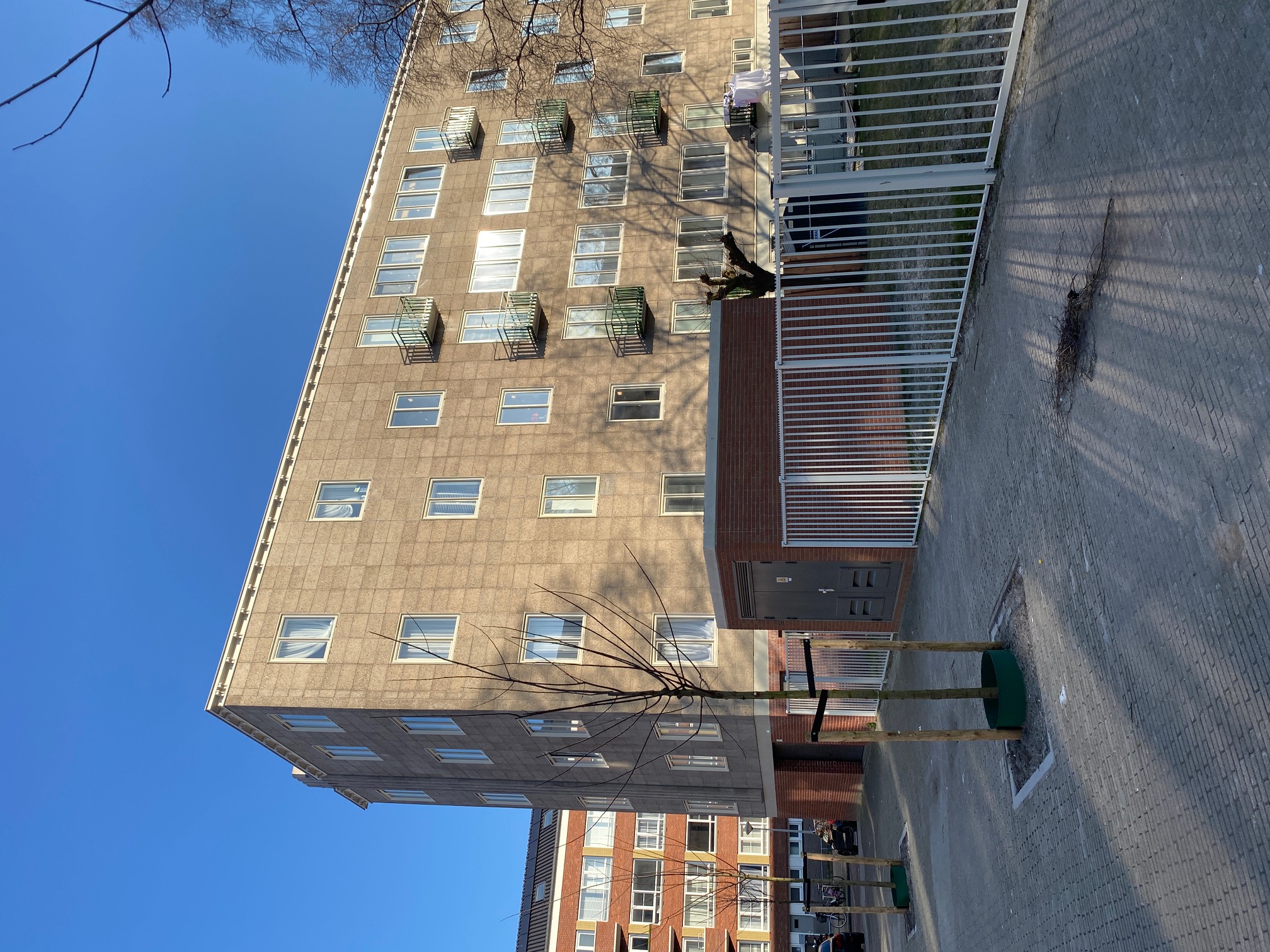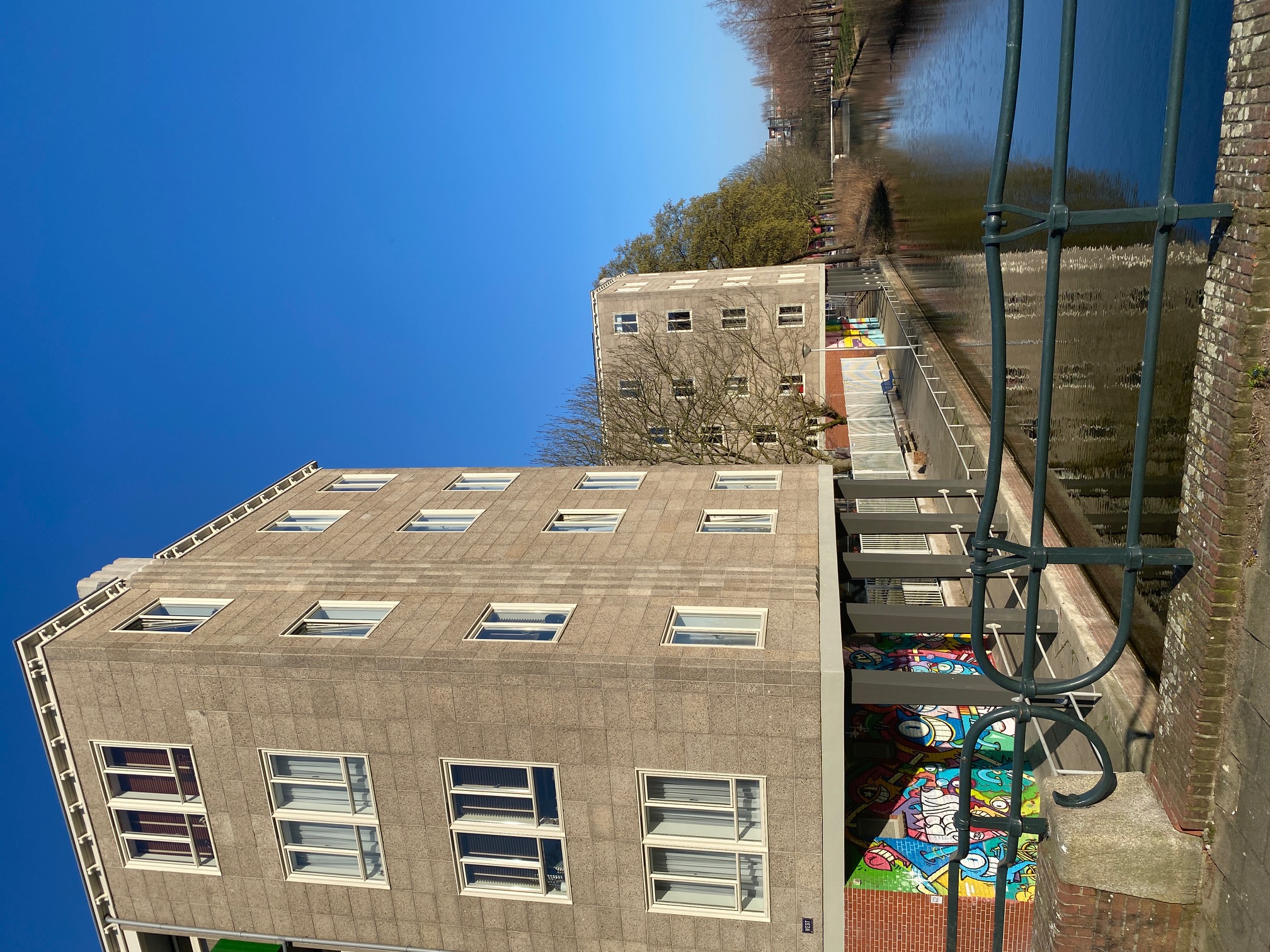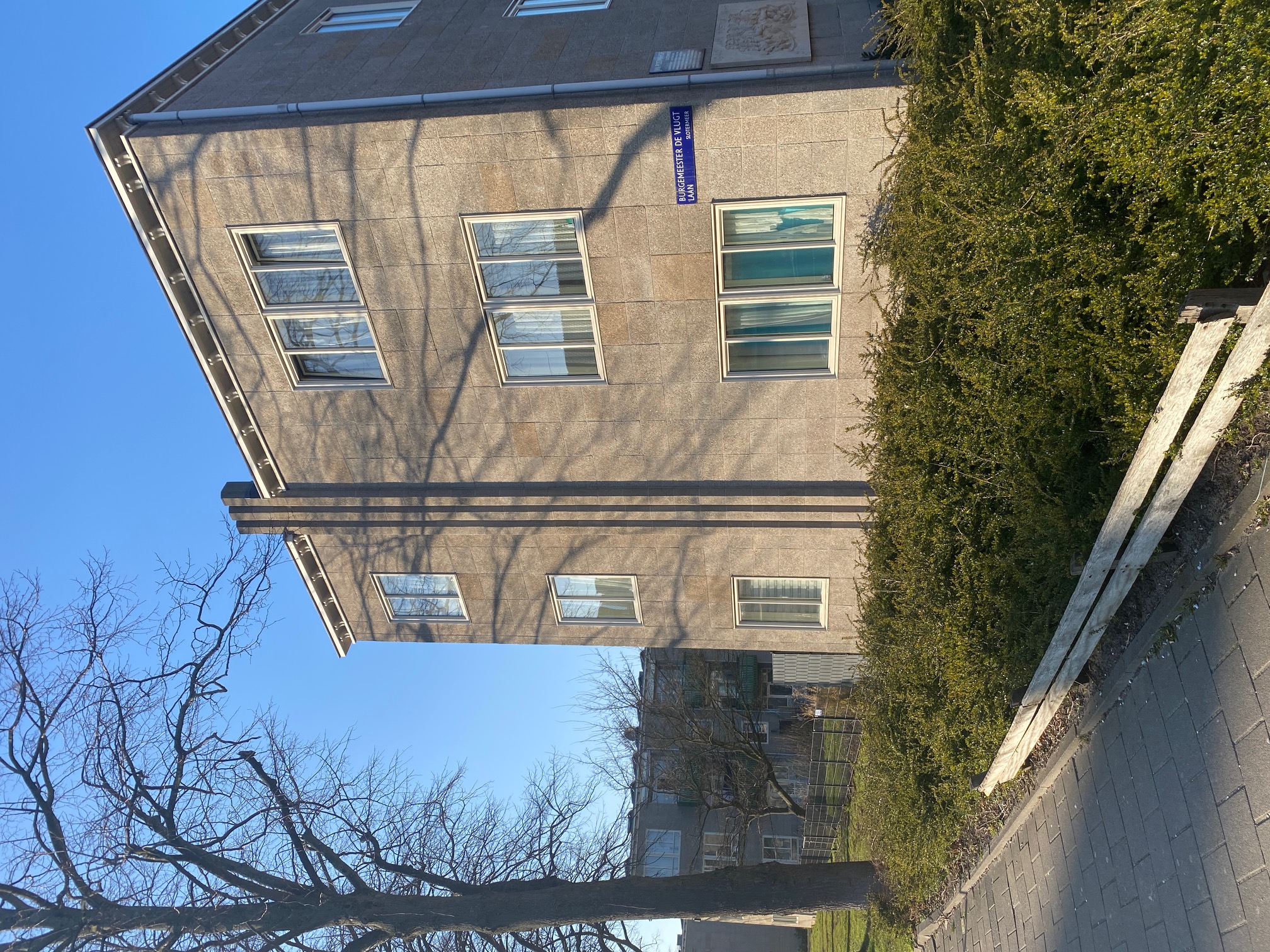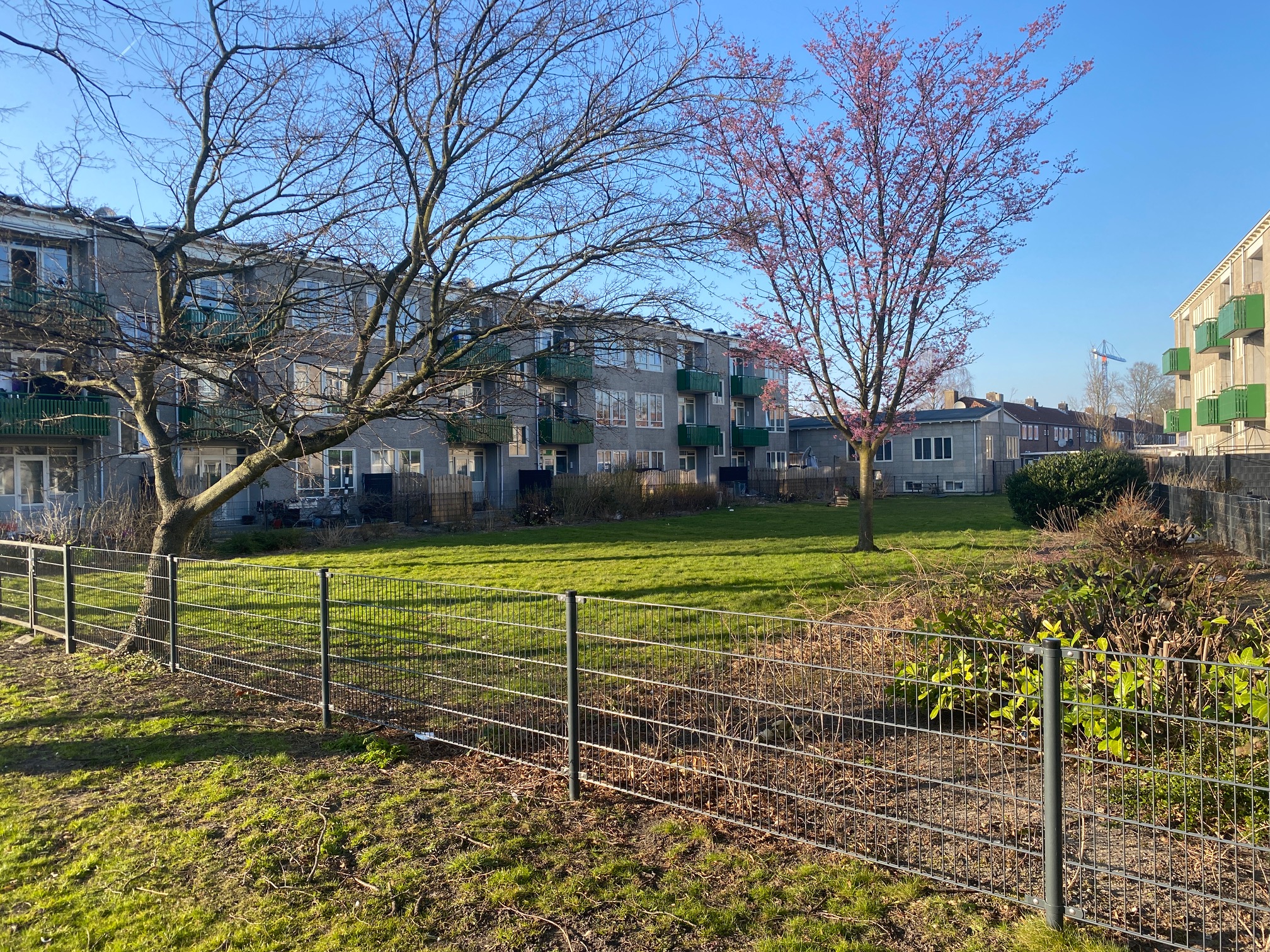
Rochdale (Amsterdam, Netherlands)
Good and affordable housing, in strong neighbourhoods, for people with a relatively low income. That's what Rochdale has stood for, for nearly 120 years. Our field is the Amsterdam metropolitan region. We rent out more than 38,000 homes there to about 80,000 residents.
| Organization Type: |
Housing association |
| Specialties: |
Social housing |
| Founding Year: | 1903 |
| Website: | Visit external website |
| Country: | Netherlands |
| City: | Amsterdam |
| Zip code: | 1055 RW |
| Address: | Bos en Lommerplein 303 |
Description
Good and affordable housing, in strong neighbourhoods, for people with a relatively low income. That's what Rochdale has stood for, for nearly 120 years. Our field is the Amsterdam metropolitan region. We rent out more than 38,000 homes there to about 80,000 residents.
Rochdale is 'on track'. We are highly motivated to make a significant contribution to solving the housing crisis we are in the middle of. Everyone has the right to a home, but for many people that right is far out of reach. The demand for affordable housing far exceeds the supply. And there is more to it. In some neighbourhoods, the quality of life is under pressure. Moreover, the looming climate crisis requires major investments that can improve the sustainability of our homes. The challenges are great.
In ‘Rochdale Op Koers 2021-2026.pdf’, our corporate strategy for the period up to 2026, we have described the contribution Rochdale wants to make to tackle the problems of our time. Three ambitions are central:
1. Sufficiently affordable housing
Everyone has the right to a suitable, affordable home. But the housing shortage is increasing. Helping solve the housing crisis is our number one priority. We are going to build more homes in the neighborhoods where we are already active, including for middle incomes. If insufficient growth is possible here, we will expand our working area. Now we are in Amsterdam, Diemen, Zaanstad, Purmerend and Landsmeer. We are seriously exploring the possibilities in Ouder-Amstel and Haarlemmermeer.
2. Strong Neighborhoods
It shouldn't matter where you live or grow up. You have to be able to fully participate in society everywhere. We do everything we can to create strong neighbourhoods, where you can live safely and comfortably and where everyone has access to good facilities.
3. Focused on the future
In 50 years' time, our tenants will still have to live well. Major investments are required to maintain the quality and sustainability of our homes. We will free up the resources and capacity for this.
Renovating the Dobbebuurt and around the Burgemeester Fockstraat in Slotermeer

Thorough renovation
The houses were built in the 1950s, the time of a housing shortage after the Second World War. In order to keep costs down, the houses were then designed to last 50 years. While a lifespan of 100 years is common. It is now time for a thorough renovation.
Technical research
We have examined the technical condition of the houses. We have incorporated the results into an action plan. In March and April 2018, the reports about various residents' meetings.
Project committees
The plan of approach is further elaborated together with the various project committees. The project committees consist of residents. They contribute ideas about, for example, colors and materials, keeping the porches clean and the maintenance of the gardens in the future.
Outdoor museum and protected cityscape
The housing blocks are part of the Van Eesteren Buitenmuseum. This is an area with a typical character for post-war neighborhoods. Since 2008, the Dobbebuurt also has the designation protected cityscape.
Housing shortage
The Dobbebuurt has nine blocks of apartments. Seven of them are from Rochdale. The houses were built in the early 1950s. That was the time of reconstruction, when there was a great need for a rapid expansion of the city. Across the Burgemeester De Vlugtlaan, to the left and right of the Burgemeester Fockstraat, Rochdale still owns four residential blocks. They were built in the same period. Right after the Second World War, there was a severe housing shortage. Construction had to be done quickly and cheaply to meet the high demand. But there was a lack of material, money and well-trained masons and carpenters. The result is sober architecture and small houses.
Good architecture
Despite the minimal resources, the architects went for good quality architecture. This can be seen in the detailing of the window frames and the design of the entrances and balconies.

